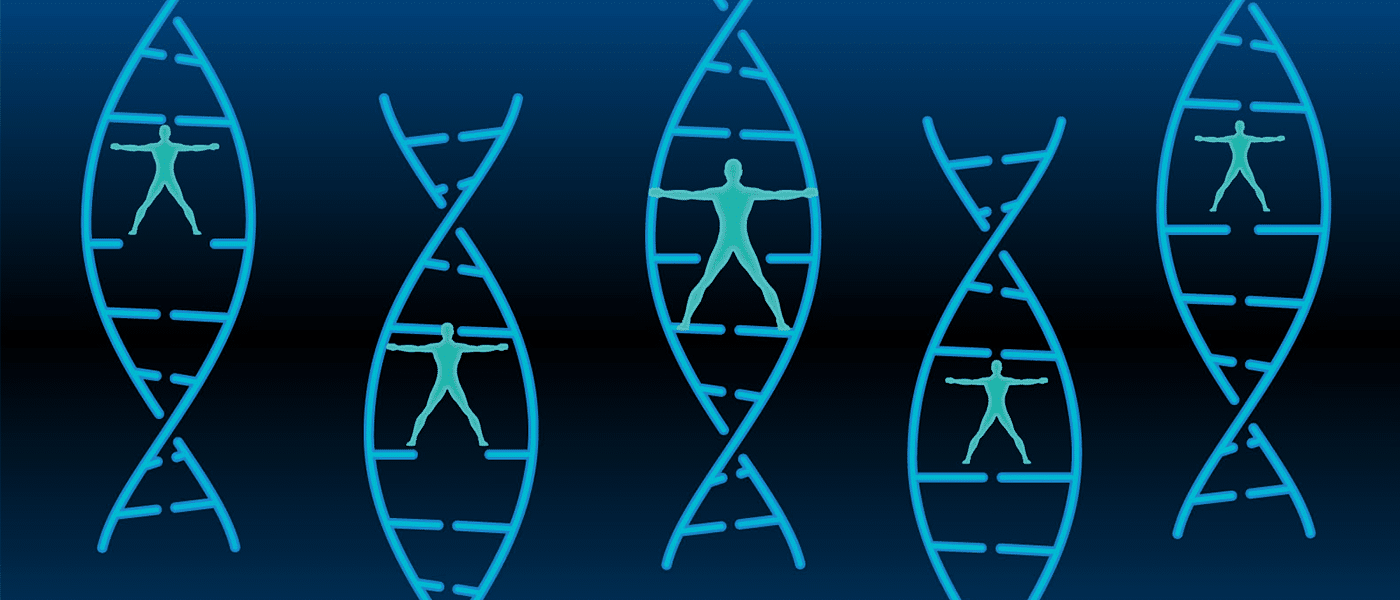Patterns in Splicing
Though aging seems like one of the most natural things, an affair common to all living creatures, the process is actually poorly understood by scientists. A new study detailed in Nature aims to shed light on the phenomenon as a research team led by the Harvard T.H. Chan School of Public Health has uncovered a relationship between lifespan and RNA splicing, a core function of cells that allows a single gene to produce a variety of proteins.
The researchers already knew that mutations in RNA splicing could lead to disease, but they wanted to find out if the act of splicing itself had an impact on the aging process. To find out, they designed experimental setups using the roundworm Caenorhabditis elegans, which show visible signs of aging during their short three-week lifespan.
Using fluorescent genetic tools, the team was able to observe the RNA splicing of individual genes in the roundworms' transparent cells. They noted patterns of splicing that indicated youthfulness or premature aging in the worms and were even able to use these patterns to predict an individual roundworm's lifespan before any signs of aging became visible. "This...suggests that we might someday be able to use splicing as a kind of biomarker or early signature of aging," said co-author Caroline Heintz in a press release.
Is Aging a Disease?
When we shift our view of aging from a natural part of life to something modern medicine can possibly prevent, the next step is finding ways to indefinitely keep ourselves healthy, stalling death for as long as possible.
Other researchers are already looking for ways to stop or at least slow down the biological clock. Researchers at the Stanford School of Medicine used chromosome extensions to increase the rate of cell division, a growth mechanism of our bodies that weakens over time. Another breakthrough is Metformin, the so-called "fountain of youth" drug that began clinical tests in February and can supposedly extend animal life and prevent some cancers.
These developments and Mair's research on RNA splicing are quite far from explaining exactly why our bodies age, and they're even farther from significantly stalling the biological clock in humans. Until that happens, the search for a way to extend human life will no doubt continue.
Share This Article
